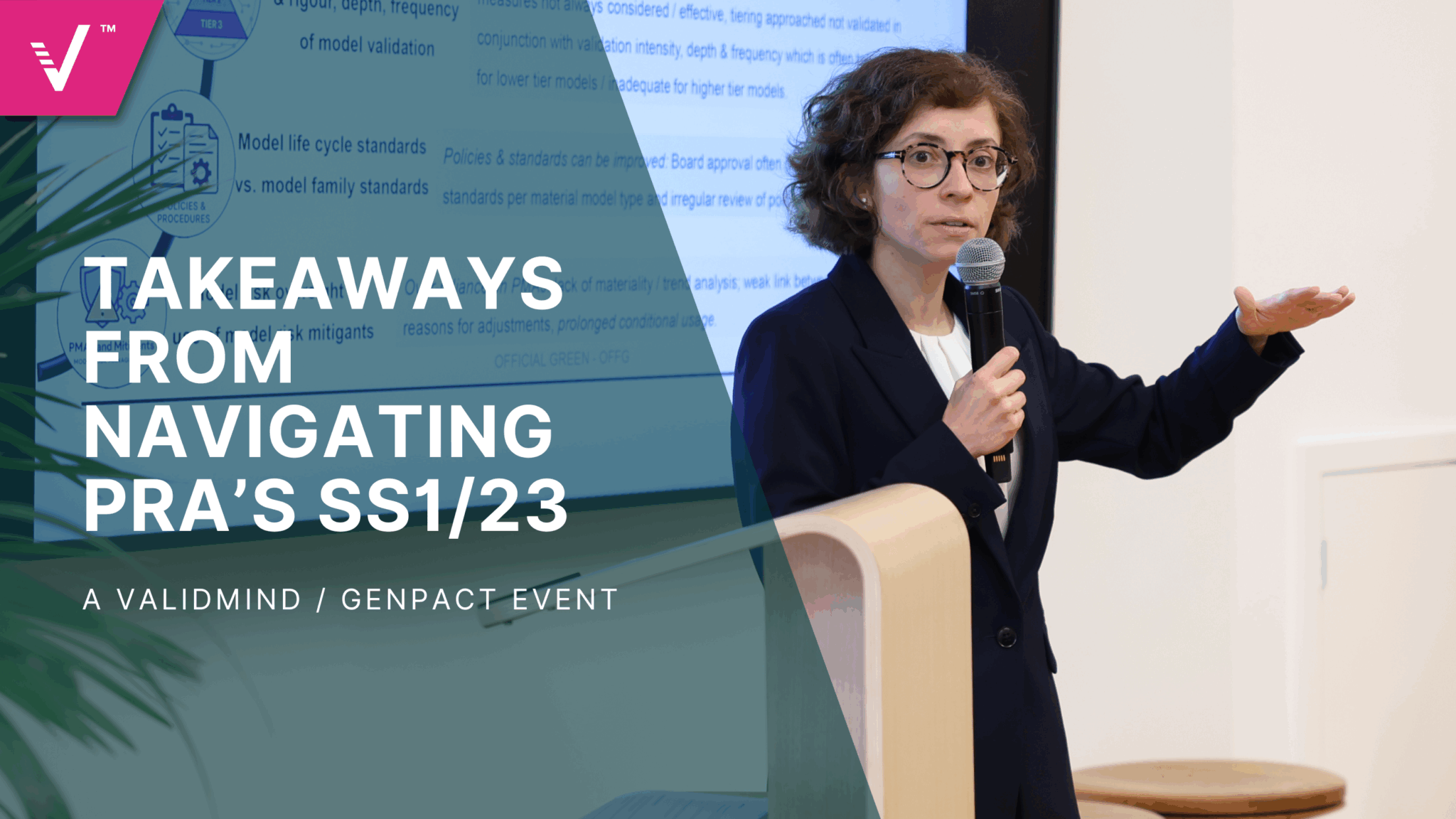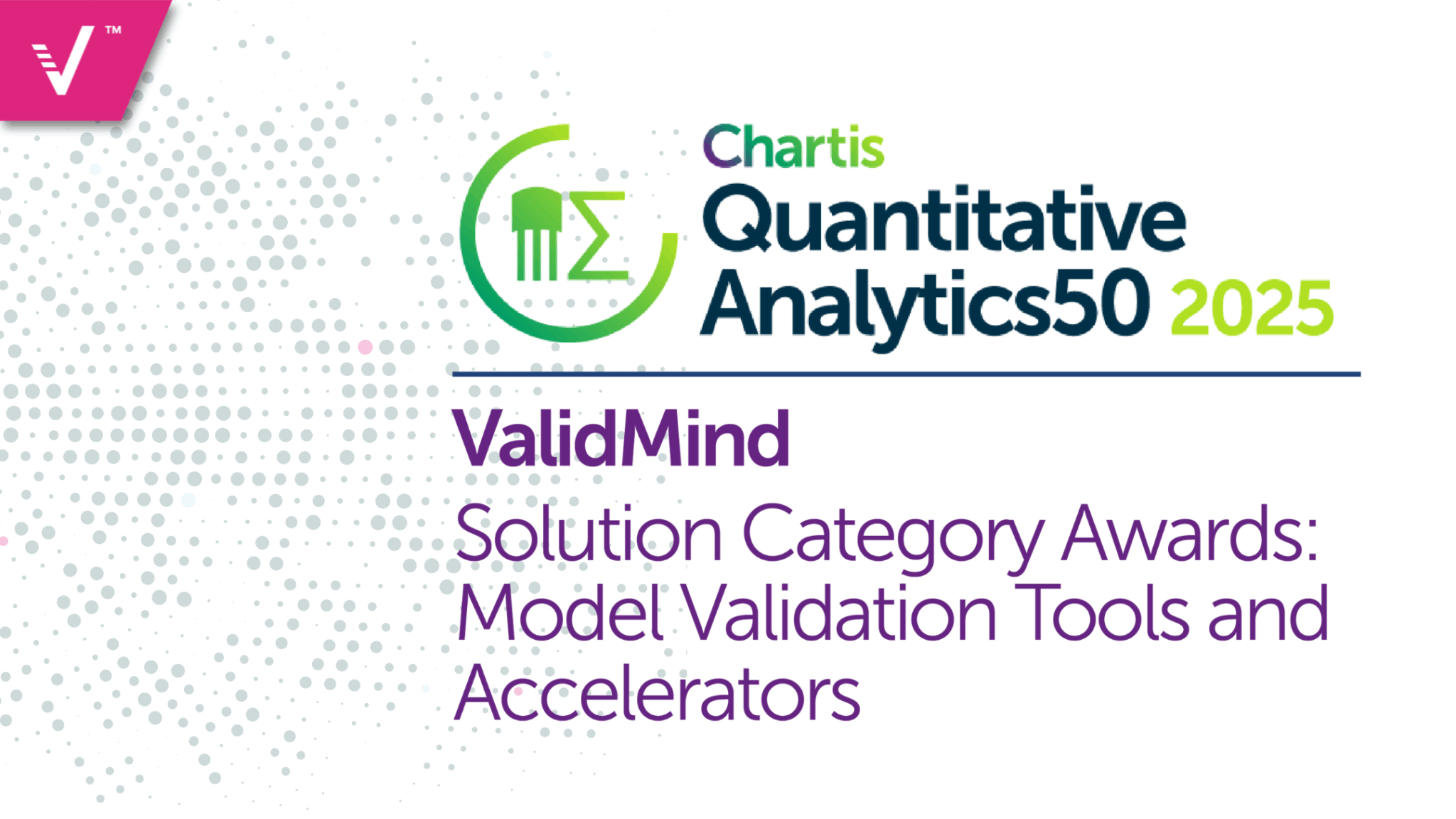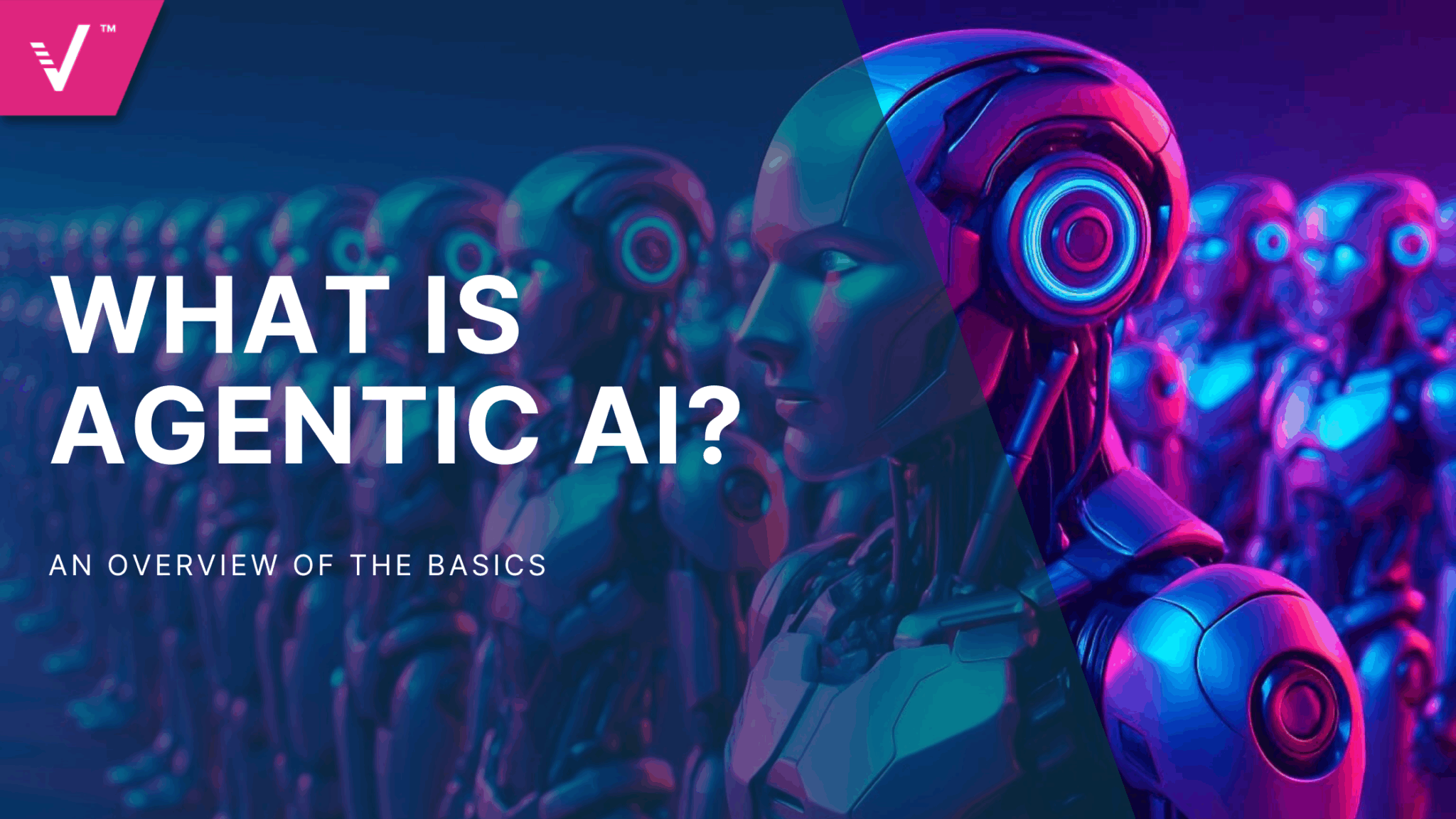Validating Generative AI (GenAI) Models: Three Key Steps for Model Risk Management

The need for regulated businesses to validate Generative AI (GenAI) models continues to accelerate, causing model validation and risk management teams to face unprecedented challenges. The diversity of applications and the rapid pace of deployment demand a refined approach to ensure that risks are effectively identified and mitigated.
Here are three essential considerations for teams tasked with validating GenAI models:
1. Prioritize Use Cases Through Rigorous Risk Assessment
The sheer volume of GenAI use cases necessitates a robust risk assessment process. Model risk teams must focus their efforts on high-risk applications while avoiding resource drain from low-impact use cases.
A thoughtful risk assessment framework should center on use-case specifics, addressing critical questions such as:
- Is the model client-facing?
- Does it carry regulatory implications?
- What are the potential customer impacts?
By shifting the focus from general concerns like transparency and accountability to the contextual implications of each use case, teams can allocate their efforts where they matter most.
2. Involve the Right Stakeholders
Unlike traditional models, where validation often resides solely within the model risk function, GenAI introduces a broader spectrum of risks—compliance, legal, security, and data privacy, to name a few. Addressing these diverse challenges requires a cross-functional approach.
Incorporating relevant stakeholders into the validation process ensures that all risk dimensions are thoroughly reviewed. This collaboration enhances the team’s ability to navigate the multifaceted nature of GenAI risks, leading to more comprehensive assessments and mitigations.
Ready to Dive Deeper?
For a more detailed exploration of best practices and technical considerations in validating Generative AI models, download our Validating Generative AI technical brief. This resource provides in-depth insights and actionable recommendations to help your team stay ahead of the curve.
3. Automate to Scale
With the scale and complexity of GenAI use cases, automation is no longer optional—it’s imperative. For lower-risk applications, light-touch reviews supported by automation can free up resources to focus on high-impact scenarios. Automating documentation, workflows, and testing streamlines operations, ensuring consistency and efficiency.
How ValidMind Supports GenAI Model Validation
ValidMind equips model risk and validation teams with the tools to navigate these challenges effectively:
- Streamlined Risk Assessment: Incorporate customized risk assessment frameworks directly into ValidMind workflows. Automatically branch processes based on the risk profile of each use case, ensuring attention is directed to critical applications.
- Stakeholder Integration: Configure workflows to include relevant stakeholders at the appropriate stages. With automated notifications, you can ensure seamless collaboration across compliance, legal, security, and other functions.
- Automation at Scale: Leverage automation features to document use cases, manage workflows, and perform bespoke testing tailored to your specific GenAI applications.
By implementing these strategies and leveraging ValidMind’s platform, organizations can confidently manage the risks associated with Generative AI, ensuring both regulatory compliance and customer trust.



